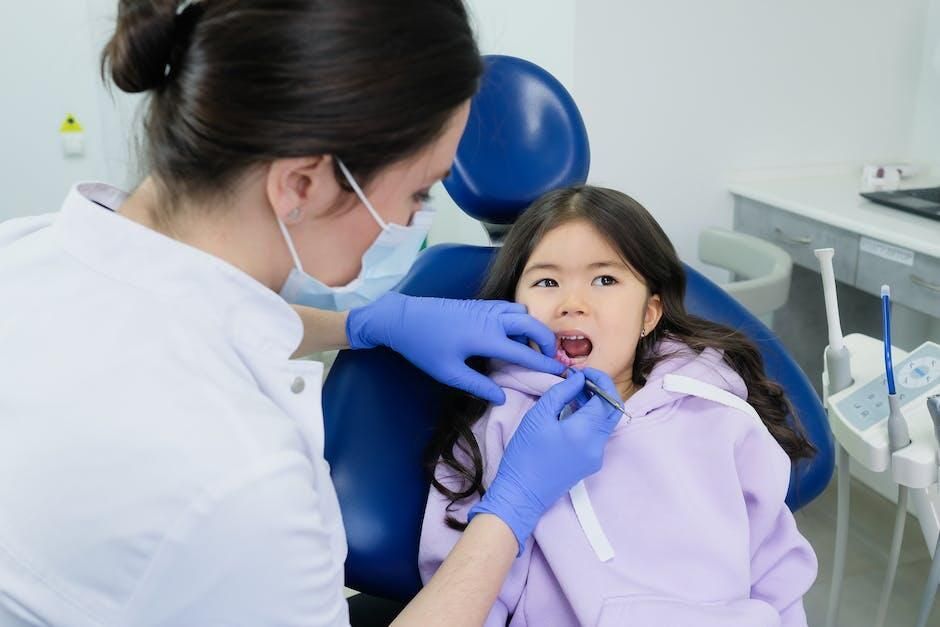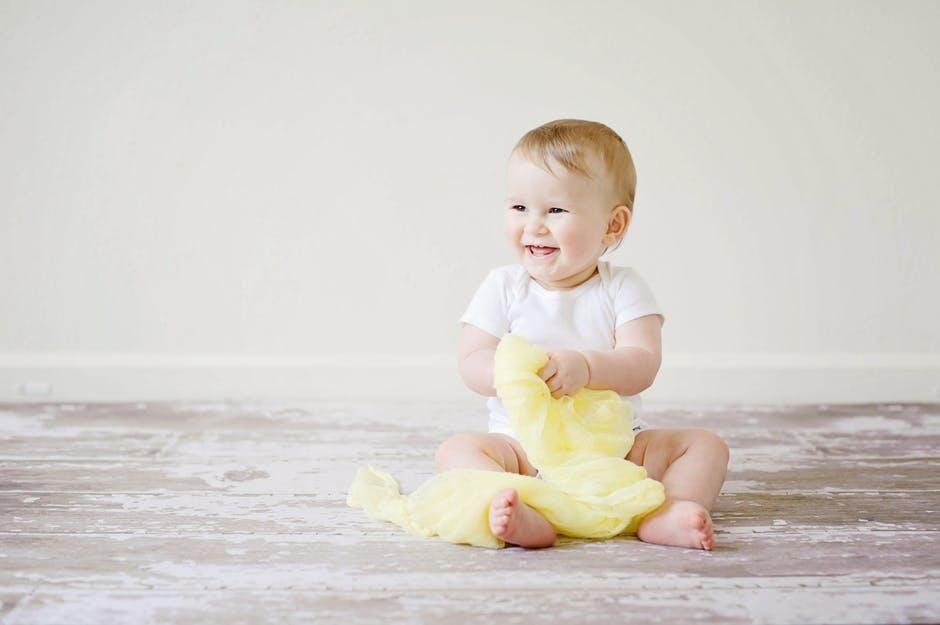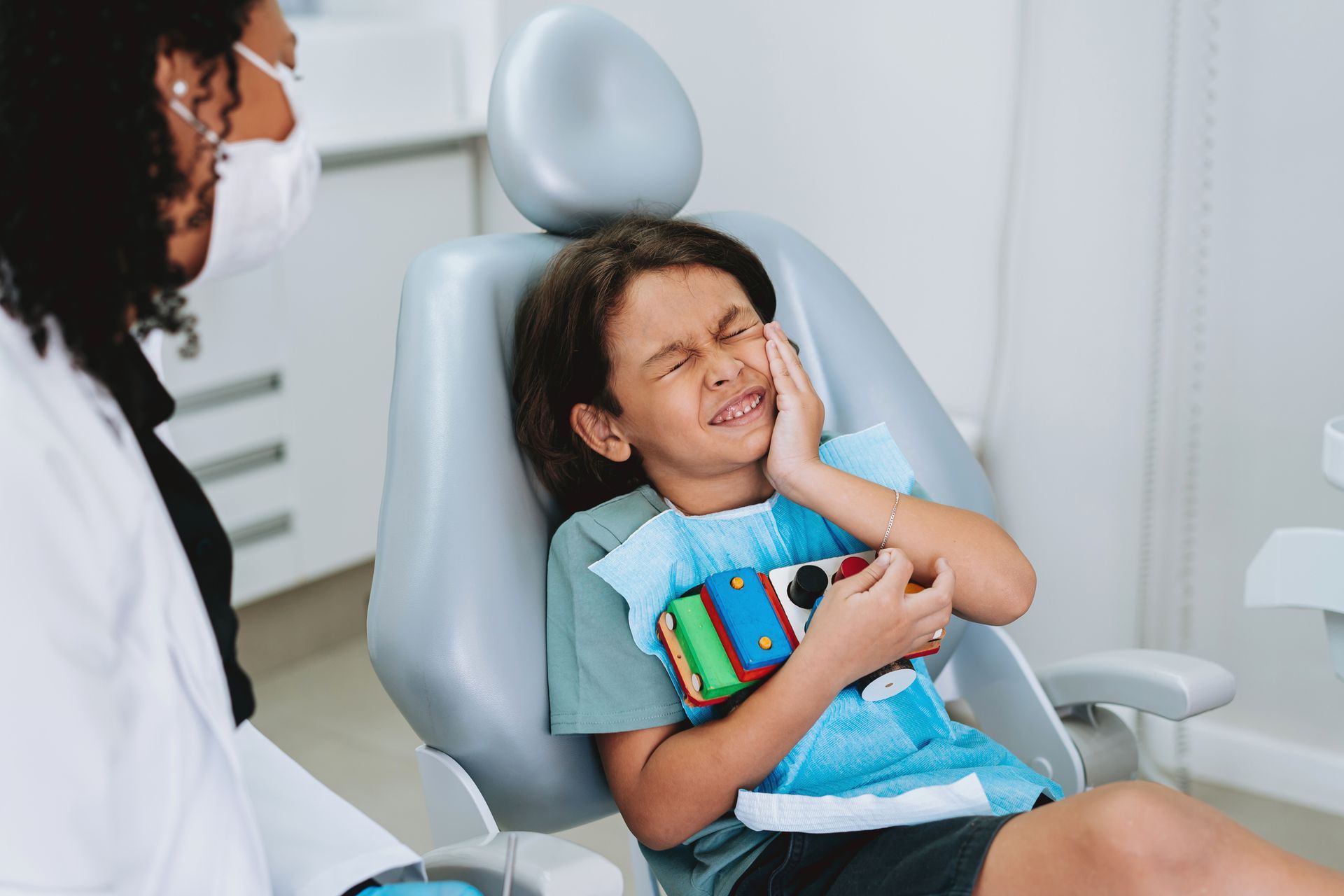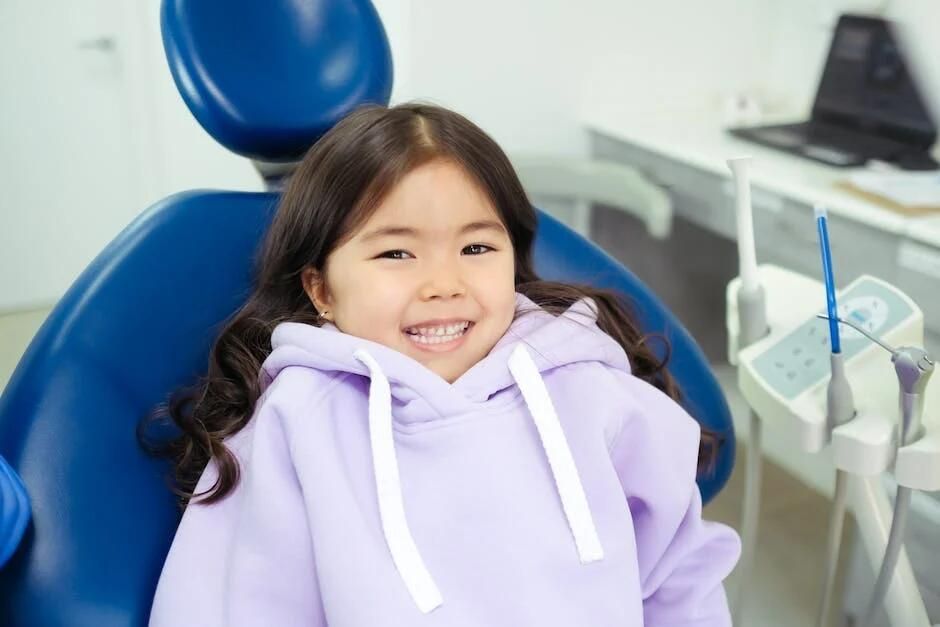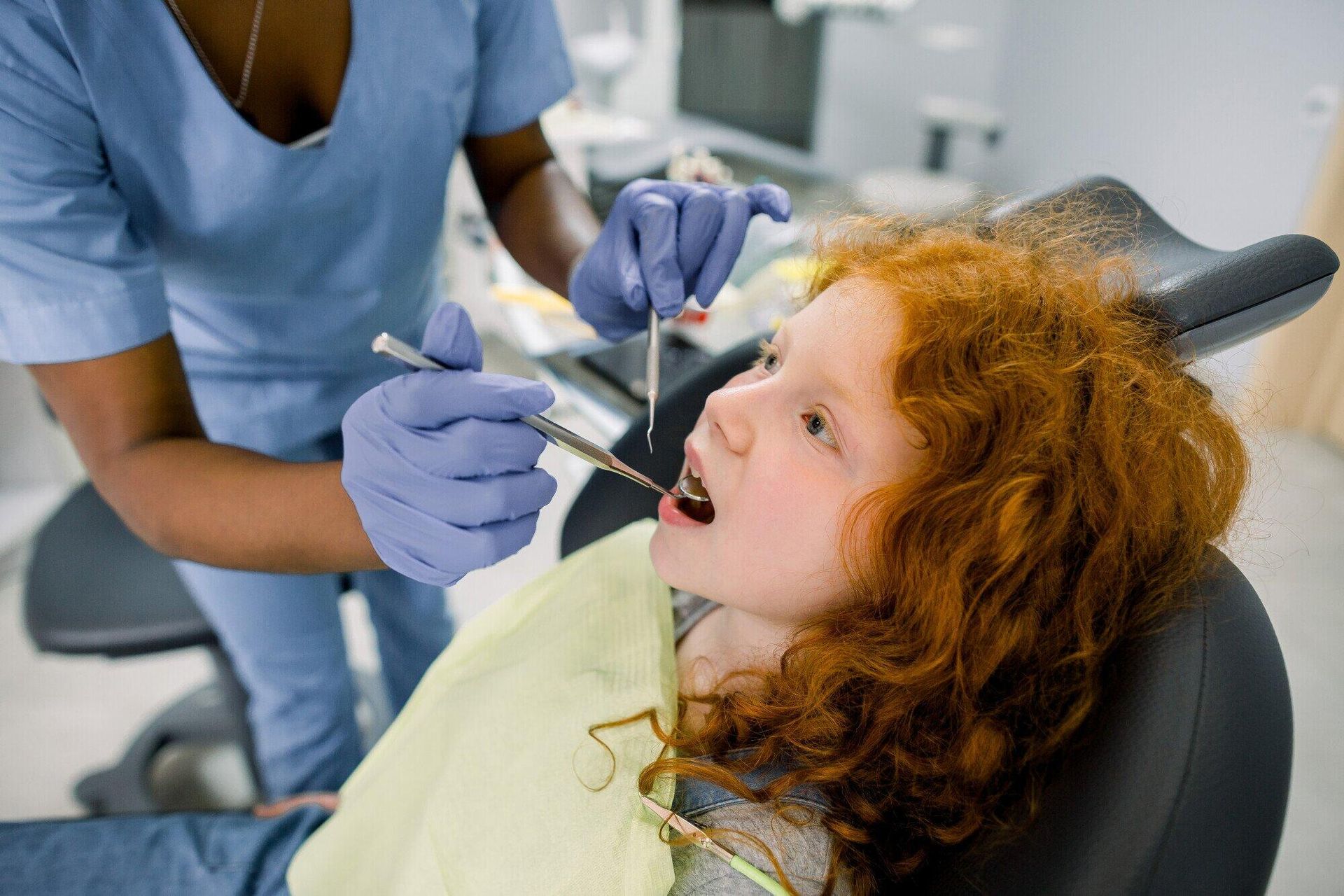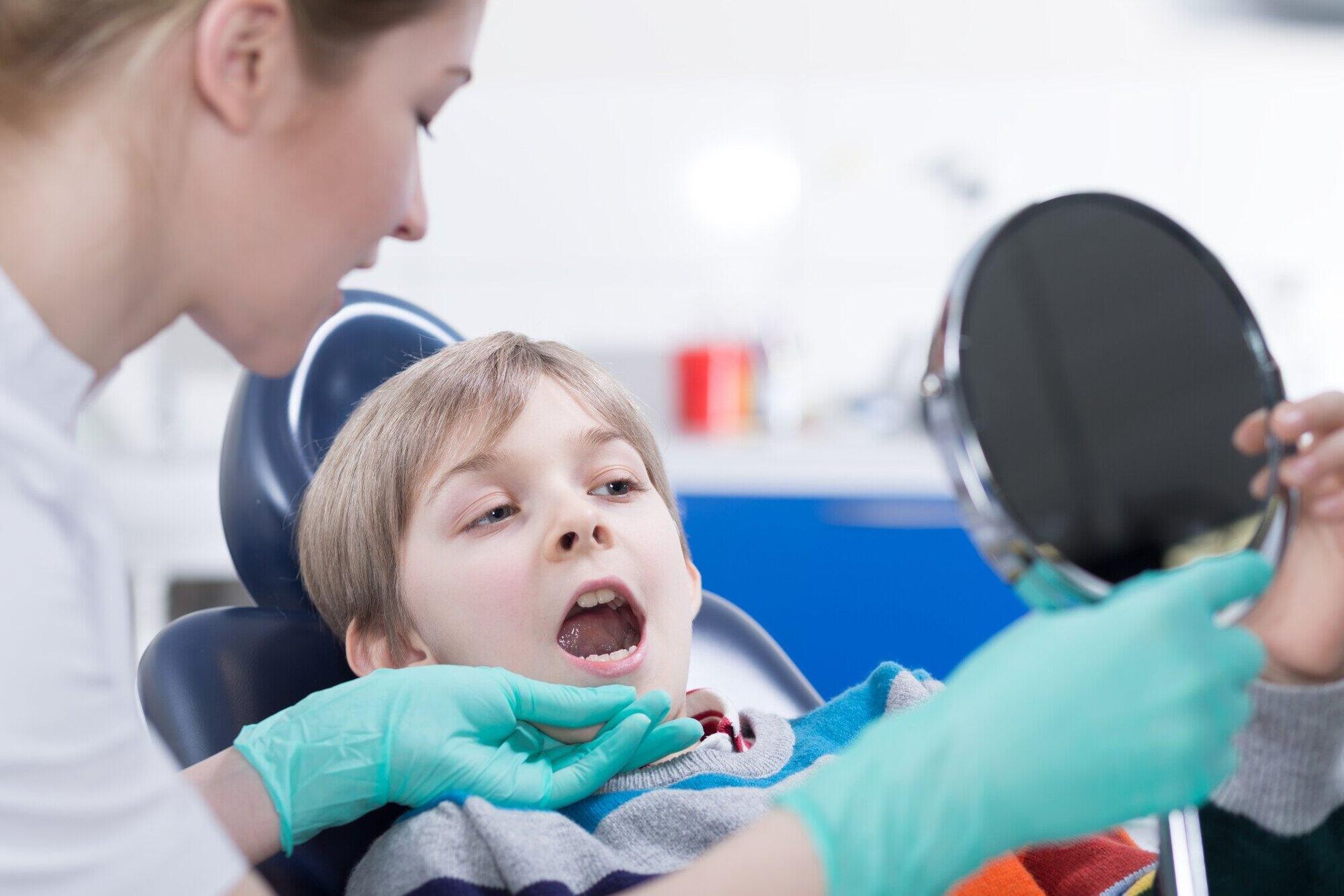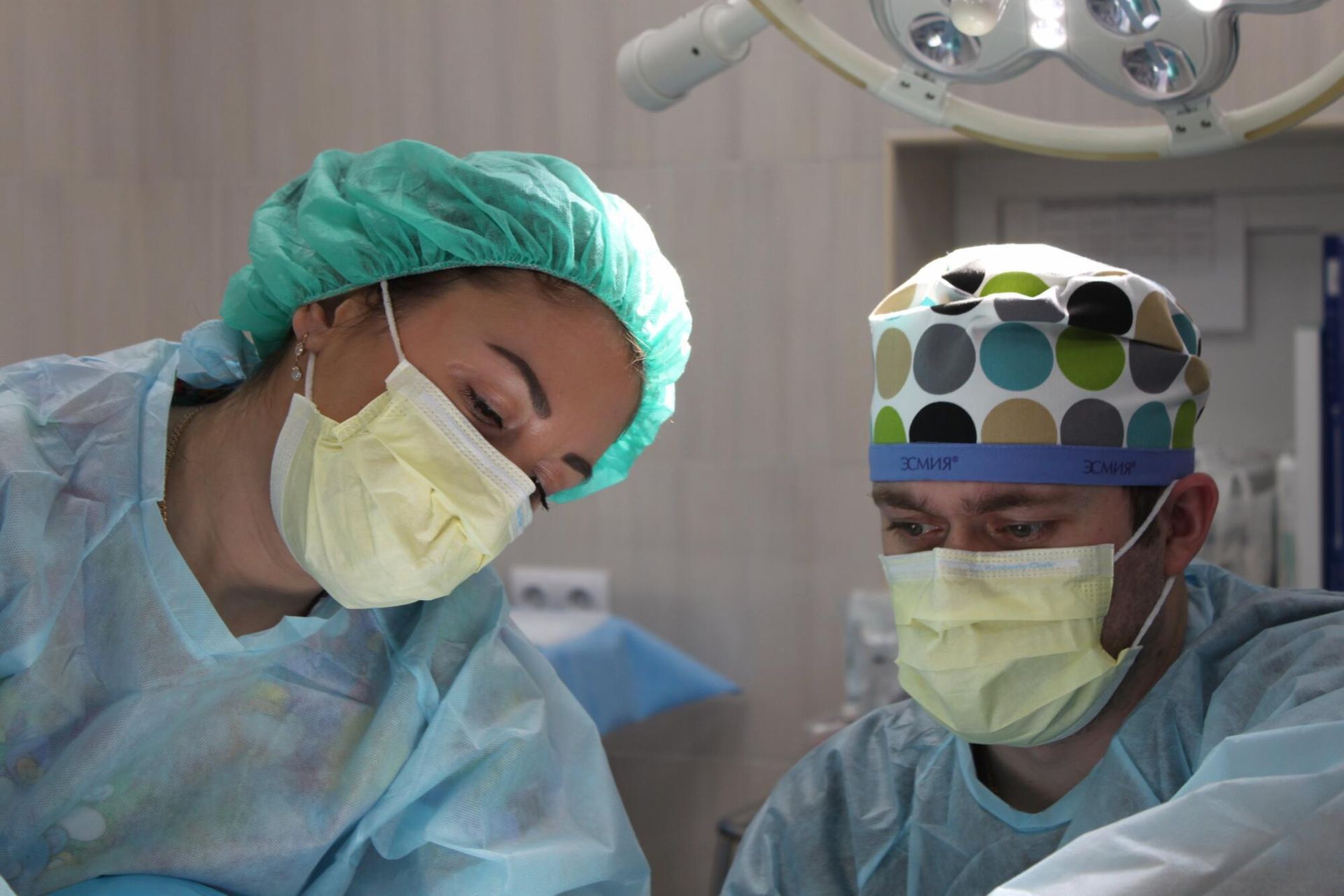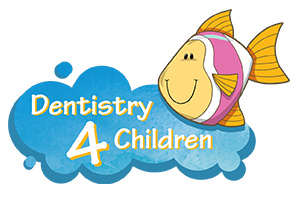What to Expect During Your Child's First Dental Visit
According to the CDC, Half of U.S. children aged six to nine have had cavities in their baby or permanent teeth. That's a staggering number for something that's completely preventable with early care.
Your baby's first dental visit isn't just a cute milestone, it's your child's starting line for strong, lifelong oral health. Many parents delay the first appointment, thinking it isn't necessary until school age. But by then, early signs of decay may have already taken hold.
When you know what to expect, it's easier to walk in with confidence. From the moment you meet your pediatric dentist, you'll get clear answers, gentle care, and useful tips.
The visit only takes a short time but lays a lasting foundation. Read on to see how simple it is to give your child a strong start.
Setting the Right Expectations
Your child's first dentist appointment can feel unfamiliar, but there's nothing to fear. Pediatric dentists know how to keep little ones calm and curious. The goal is comfort, not treatment. Think of this visit as a friendly introduction.
Expect a warm welcome when you arrive. You'll check in, fill out a few forms, and then meet the dental team. They'll talk to your child in a way that builds trust fast. Some kids may sit on your lap while the dentist looks inside their mouth.
A quick look at the gums and first teeth helps spot early signs of decay. You'll also talk about cleaning routines and healthy snacks.
Common questions during the first visit include:
- When to brush
- When to floss
- What toothpaste to use
- Thumb sucking habits
- Tooth-friendly snacks
Your child's comfort matters more than a perfect exam. If things don't go smoothly, that's okay; building comfort takes time.
By setting expectations early, you help your child feel safe and involved. That trust makes future visits smoother and stress-free.
Why Baby Teeth Matter
Baby teeth fall out, but their role is serious. These tiny teeth hold space for adult ones and help your child eat, smile, and speak clearly.
Damage to baby teeth can lead to infection or pain. That's why early visits focus on prevention. Your pediatric dentist may clean the teeth gently and check for any signs of trouble.
First teeth care isn't just brushing, it's full-mouth health. You'll get tips on how to clean the gums, wipe the tongue, and handle teething.
Important topics include:
- Gum care routines
- Teething relief
- Fluoride use
- Bottle or pacifier habits
Keeping baby teeth healthy protects future oral development. Delaying care might lead to cavities, speech problems, or bite issues.
Don't wait until something hurts. With early visits, your child stays ahead of problems while learning that the dentist is a friend.
What the Pediatric Dentist Looks For
During the exam, your pediatric dentist checks for more than cavities. The goal is to understand how your child's mouth is developing and what support it needs.
The visit often starts with a gentle count of the teeth. From there, the dentist examines gum color, bite alignment, and jaw growth. These signs offer clues to your child's overall health.
Key areas the dentist may assess:
- Tooth spacing
- Bite position
- Gum health
- Lip and tongue movement
Even small signs can reveal bigger issues later. The dentist may ask about thumb sucking, breathing habits, or how your child swallows.
If needed, you'll leave with follow-up steps or referrals to specialists. But often, it's a simple check-in and lots of encouragement.
Your child's oral health is more than a smile. It's how they speak, chew, and thrive. The sooner your dentist spots concerns, the easier they are to guide.
How You Can Prepare
A smooth visit starts before you walk through the door. Kids follow your cues. If you stay calm and upbeat, your child is more likely to do the same.
Talk about the visit in a fun, light way. Say the dentist counts teeth or checks smiles. Avoid saying "it won't hurt"; this plants the idea that something might.
Tips to make it easier:
- Read dental books
- Watch kid-friendly videos
- Role-play a visit
- Bring comfort items
- Schedule when rested
Planning ahead helps your child walk in feeling in control. Keep meals light before the visit and brush at home. Try not to rush or show stress.
You're not expected to be perfect. Your support means more than any prep. If your child cries or resists, let the dental team guide things. They've seen it all.
Building Habits That Last
After the first visit, your dentist will discuss the next steps with you. Your child's oral health grows from everyday routines, not just check-ups.
You'll get advice on brushing techniques, when to floss, and how diet plays a role. Avoiding sugary drinks and snacks is one of the biggest keys.
Good daily habits include:
- Twice-a-day brushing
- Tiny smear of toothpaste
- Flossing once the teeth touch
- Water instead of juice
Strong routines now build confidence later. Children who learn to brush early are more likely to care for their teeth as they grow.
Expect to return for check-ups every six months. These visits catch small changes before they turn into big ones. They also show your child that care is constant, not scary.
Start small and keep it simple. Each step adds up. When those steps become second nature, your child's smile grows stronger with every day.
Planning Your Baby's First Dental Visit
Your baby's first dental visit is the first step in ensuring a lifetime of healthy smiles. From here, you'll focus on developing strong oral hygiene habits and keeping a routine of regular check-ups.
Ready to give your child a healthy start? With a focus on gentle care and a welcoming environment, we make your child's first dental visit an experience they'll look forward to.
Let us help you create a bright future for your child's smile. Our pediatric specialists are here to ensure your child's oral health is in the best hands, making every visit both fun and effective.
Contact our expert team at DDS4Children in Pearland today!
